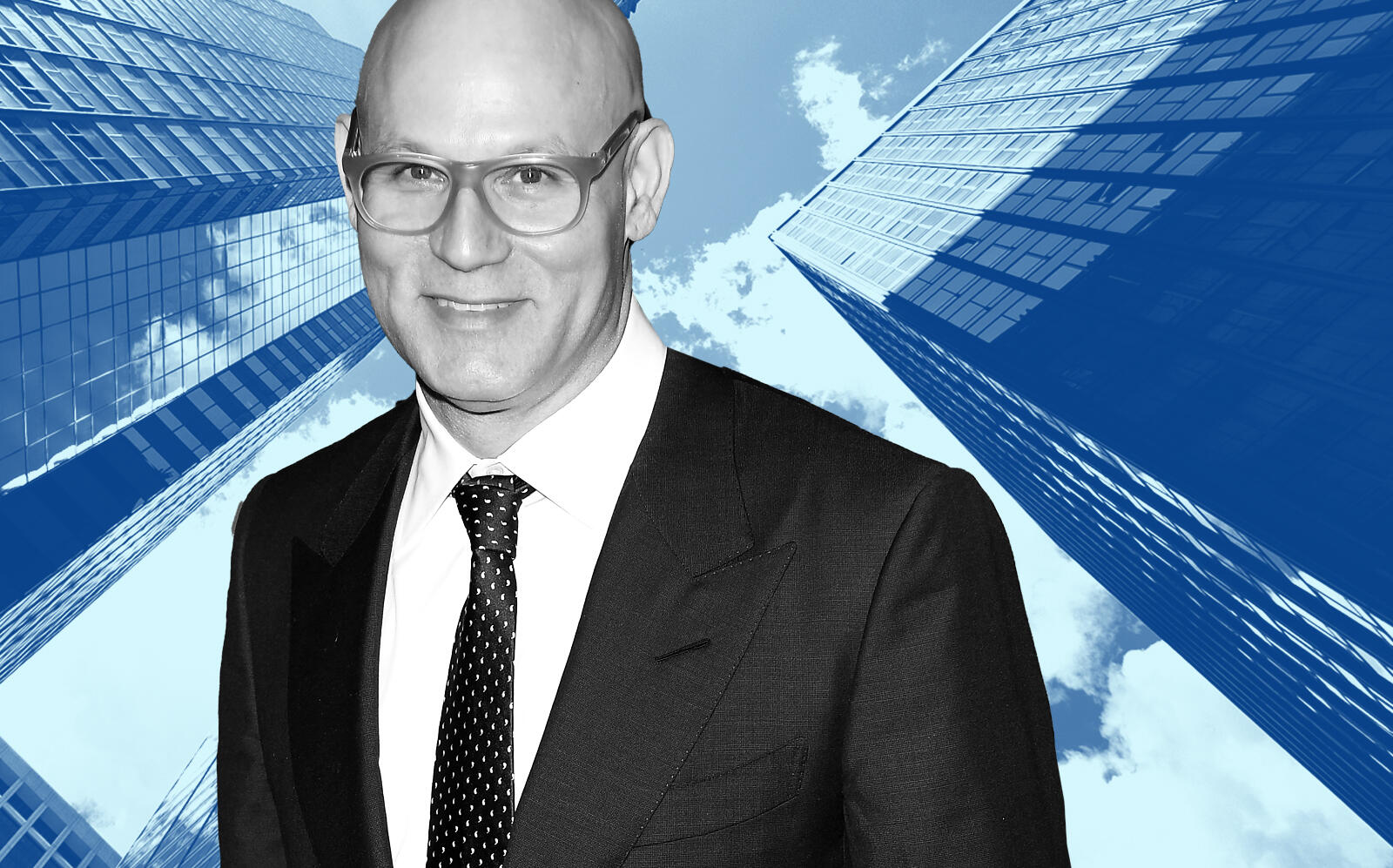Trending
Commissioners give green light to 36-story tower in the Miami Design District
Developer Dacra and its partners are seeking height increase and transfer of density for proposed mixed-use project

Despite protests from a competing developer, Dacra and its partners are a step closer to finalizing zoning changes that would allow them to build a 36-story tower in the Miami Design District.
The Miami City Commission voted 5-0 on Thursday to preliminarily approve a slate of changes in the Miami Design District special area plan, or SAP. They include increasing the height from 20 stories to 36 stories, and transferring density from other commercial properties in the district to the proposed development site on Biscayne Boulevard between 37th and 38th streets.
Craig Robins, Dacra’s CEO and president, and the company’s attorney Neisen Kasdin, told commissioners that the transferring of density was necessary to achieve the height increase, but that the proposed tower would not exceed 845,000 square feet, which is currently allowed for the Biscayne Boulevard property.
Robins said his goal is to build a signature tower that serves as the gateway to the Miami Design District.
“We want to be able to move things around so we can have a real flagship building; an iconic architectural structure,” Robins said. “In addition, we are committing that we are going to forgo thousands of square feet of [intensity and density] bonuses.”
Many of the commercial properties in the Design District are owned and developed by a partnership involving Dacra, luxury goods titan LVMH and private investment firm L Catterton.
The proposed gateway site, consisting of nearly 1.8 acres, is near the FEC train tracks and the proposed site of a commuter train station to be developed by Brightline. The project would be a mix of retail, office, residential and hotel uses.
During the discussion, Paul Savage, a lawyer for Manhattan-based MacArthur Capital Group, attempted to derail the city commission’s vote by imploring Miami elected officials to conduct a traffic study to determine how much more congestion the proposed tower would create on Biscayne Boulevard.
Through an affiliate, MacArthur owns a property directly east of the proposed tower at 3701 and 3737 Biscayne Boulevard. It consists of a one-story retail building and a surface parking lot.
Savage protested the height increase and the transfer of density, saying that a 36-story tower is out of scale with surrounding buildings. He also said Dacra’s traffic analysis was based on an outdated 2013 study.
“This item needs to be continued for four months or so to have a traffic study,” Savage said. “Can we please have a traffic study that is not from 2013.”
Robins and Kasdin countered that MacArthur is objecting out of spite.
According to city documents, MacArthur sought approvals in 2015 to change the zoning on its property so the company could develop a four-story building consisting of two stories of parking and two stories of office space. At the time, Robins opposed MacArthur’s request which the company subsequently withdrew.
“They wanted to build a massive building on that site,” Robins said. “There is a vital public alley in the middle of their site, so they cannot do anything vertically on that site [unless the alley is vacated]…. I opposed it, and that is why they are trying to be vindictive.”




